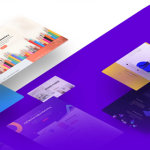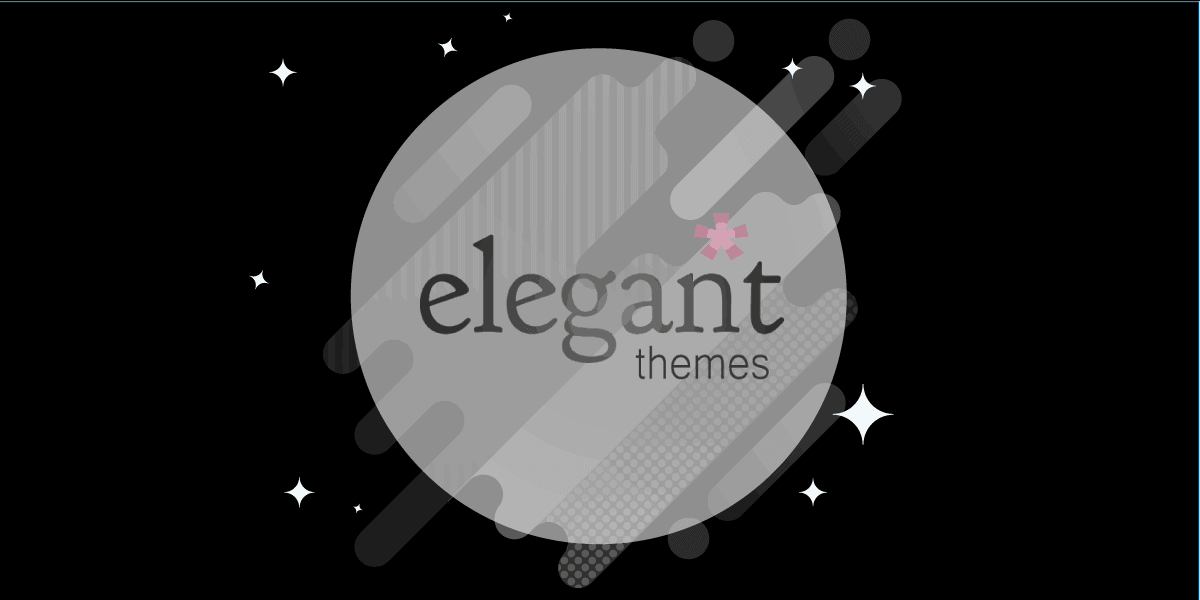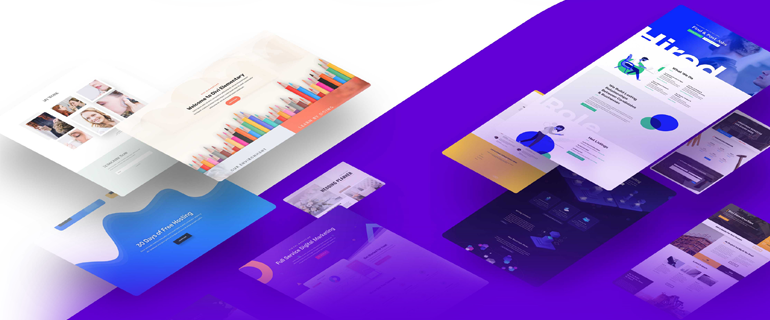Introduction
In the evolving world of artificial intelligence, Bing AI has emerged as one of the most powerful tools in Microsoft’s digital arsenal. No longer just a traditional search engine, Bing has evolved into a smart assistant—capable of answering complex queries, generating content, and even participating in human-like conversations. Microsoft’s integration of AI into Bing, particularly through collaboration with OpenAI’s models like GPT-4, has transformed it into a leading contender in the race for intelligent search.
This article explores what Bing AI is, how it works, its major features, benefits, use cases, limitations, and how it’s impacting industries across the globe.
What is Bing AI?
Bing AI is Microsoft’s advanced artificial intelligence system integrated with the Bing search engine and other Microsoft platforms. Launched in early 2023, it features GPT-4, a large language model developed by OpenAI, as its core, enabling it to respond to user queries with natural language understanding, content generation, and real-time web search capabilities.
Unlike the Bing of the past that simply provided a list of links, Bing AI offers conversational search experiences, visual content creation, code generation, summarization, and much more.
The Evolution of Bing AI
1. Early Search Engine Days
Bing was launched in 2009 as a competitor to Google Search. For over a decade, it delivered typical keyword-based results.
2. Integration with AI and OpenAI
In 2023, Microsoft partnered with OpenAI, embedding GPT-4 into Bing, Office, and other products. This marked a paradigm shift from search to intelligent dialogue.
3. The Birth of Copilot
Microsoft rebranded Bing AI as part of its Copilot initiative, enabling users to experience AI-enhanced productivity not just in search but across apps like Word, Excel, and Edge.
Key Features of Bing AI
Conversational Search
Bing AI provides responses in natural language. It understands context and can maintain multi-turn conversations, unlike static search engines.
Content Generation
You can ask Bing AI to generate:
- Blog posts
- Emails
- Summaries
- Reports
- Social media captions
Image Generation
Bing AI uses DALL·E 3, an image generation model, to create visuals from text prompts.
Multimodal Inputs
With support for text and image inputs, Bing AI can analyze images, read charts, and give detailed breakdowns.
Code Assistant
Bing AI can write, debug, and explain code in multiple languages. It is widely used by developers for real-time coding help.
Real-time Web Access
Unlike some AI models, Bing AI is connected to the internet, allowing it to:
- Retrieve up-to-date information
- Cite sources
- Verify data
How Bing AI Works
Bing AI is powered by OpenAI’s GPT-4 model and is integrated with Microsoft’s Azure cloud infrastructure. Here’s a simple breakdown of how it functions:
- User Input: A user types a question or prompt.
- AI Processing: The GPT-4 model processes the request using deep learning.
- Web Crawling (Optional): If necessary, Bing AI searches the web for fresh data.
- Response Generation: A coherent, contextual, and accurate answer is generated.
- Citations: Bing AI provides source links for transparency.
Benefits of Bing AI
Accuracy and Context
It offers answers grounded in context, making interactions more meaningful.
Efficiency
Automates repetitive tasks like writing, summarizing, and researching.
Personalization
The AI adapts to user preferences and past conversations for tailored responses.
Creativity
Empowers users to generate creative content—poems, scripts, logos, etc.
Integration with Microsoft Products
Works across platforms like Microsoft Word, Excel, Edge, and Teams, enhancing workflow.
Use Cases of Bing AI
Education
- Solving math problems
- Summarizing articles
- Explaining scientific concepts
Programming
- Code explanation
- API integration support
- Debugging suggestions
Business
- Market research
- Financial analysis
- Report drafting
Creative Writing
- Story prompts
- Poetry generation
- Screenplay assistance
E-commerce
- Product comparison
- Shopping suggestions
- Customer support automation
Bing AI vs Google Gemini (Bard)
| Feature | Bing AI | Google Gemini (Bard) |
|---|---|---|
| Core Model | GPT-4 (OpenAI) | Gemini (Google DeepMind) |
| Image Generation | Yes (DALL·E 3) | Limited |
| Web Access | Real-time with citations | Limited, selective |
| Microsoft Integration | Deep (Office, Edge, etc.) | Integrated with Google Workspace |
| Creativity | High (text + image capabilities) | Medium |
Limitations of Bing AI
While revolutionary, Bing AI isn’t perfect:
- Occasional hallucinations (providing inaccurate info confidently)
- Dependence on web access for up-to-date answers
- Limited memory in free version compared to full ChatGPT Plus
- Might filter out sensitive content due to content policy
How to Access Bing AI
You can use Bing AI in multiple ways:
- Bing.com/Chat – The dedicated Bing AI interface
- Microsoft Edge Sidebar – Quick access while browsing
- Windows Copilot – AI at your desktop level (Windows 11+)
- Microsoft 365 – Integrated into Word, Excel, PowerPoint
- Mobile apps – Bing and Microsoft Edge apps on Android/iOS
Tips for Using Bing AI Effectively
- Be specific with prompts (e.g., “Summarize this 2000-word article”).
- Use follow-up questions to refine answers.
- Leverage its source citation feature for research.
- Ask it to generate multiple formats (e.g., pros/cons list, summary, bullet points).
- Use the image generation feature to visualize your ideas.
What’s Next for Bing AI?
Microsoft continues to invest in Bing AI, with future improvements focused on:
- Long-term memory across sessions
- Voice interaction
- Multilingual enhancements
- More customizable personalities
- Better integration with third-party apps
Final Thoughts
Bing AI is more than just a search tool—it’s an AI-powered assistant that helps you think, create, and work smarter. Whether you’re a student, developer, business professional, or casual user, Bing AI offers a new way to interact with information and automation in your digital life.











